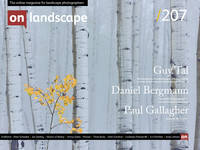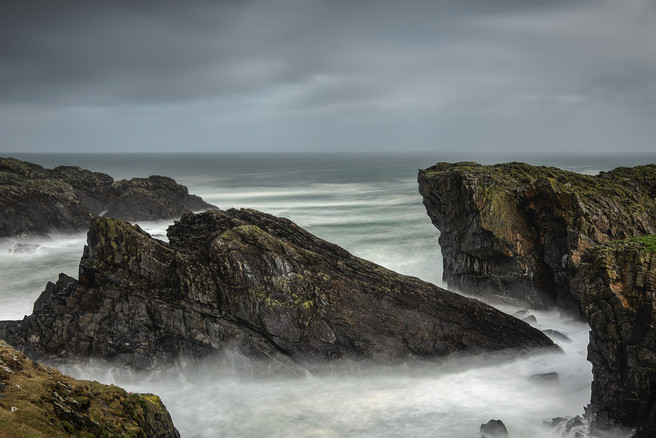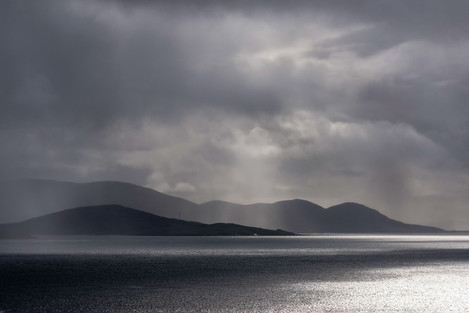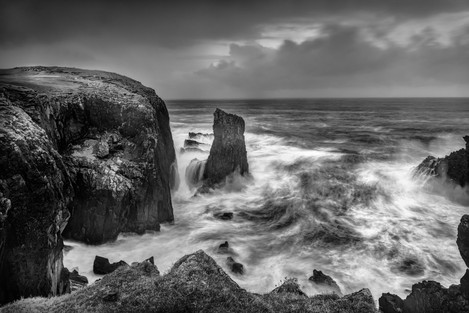Winner of Scottish Nature Photographer of the Year competition 2019

Ruth Grindrod
Ruth Grindrod is a landscape photographer living in Norfolk in the UK. I like to work in a variety of landscapes but favour sea and coastal photography. I believes that the end product in photography is a quality print and this is what I strive to produce for My work has been published both in the UK and abroad.
ruthgrindrodlandscapephotography.co.uk
I took this shot, which I was delighted was selected as the overall winner of the Scottish Nature Photographer of the Year competition 2019, from the lighthouse at the Butt of Lewis in the Outer Hebrides in October. I was staying in Aird Uig which in itself is spectacular and fascinating due to its connections with the Cold war. Located on the west of the island, Uig (also known as West Uig and in Gaelic, Sgir Uig) has a multitude of breath-taking beaches, bays and coves on the doorstep. However, the weather forecast was for wind and heavy showers so where better to experience and capture these conditions than at a lighthouse?
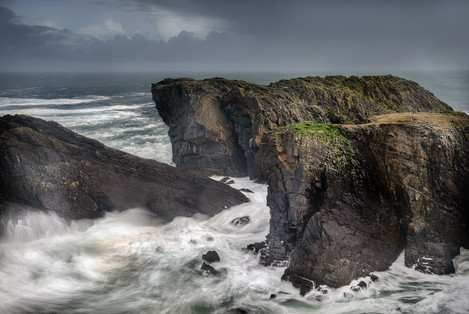
The lighthouse at the Butt of Lewis marks the most northerly point of Lewis. The drive from Uig to the Butt of Lewis took me past the Callanish Stones. The stone circles here are captivating and awe-inspiring. Dating back to around 3400 BC, they, of course, raise the questions of Why? Why here? How? What for? The sense of past and present being inextricably linked is palpable here. But for the photographer, the stones provide both opportunities and challenges. Trying to capture – and do justice to- the overall scene is very difficult. Instead, focusing on detail and pattern within the groupings often produces some striking results. However, it takes time to really capture the essence of this place, and this was not the day for such an endeavour.
Moving on took me across a flat and in places, quite desolate landscape, but with small roads off to the left leading down to rocky coves such as at Borve (not to be mistaken with Borve on Harris). A wide sandy bay with smooth sand dunes at Eoropie/Eoropaidh beach was also enticing and is certainly worth exploring. But the wind was picking up and with it my determination to reach The Butt, recorded in the Guinness Book of Records as the windiest place in the UK.
The lighthouse was built in the mid 1800s and is unusual in that it is of red brick rather than painted white as is more common in Scotland. At the time of building, there was no road access and so all materials had to be brought in by ship.
However, for me, the starring role is played not by the lighthouse but by the rocks themselves rising up from the tumultuous waters below. These are ancient rocks, Lewisian Gneiss, formed 3000 million years ago and some of the oldest rocks in Europe. The textures and patterns, angles and structures are visible amid the many seabirds that cling to the rocks and swoop in and out of the waves. The cliffs on which the lighthouse stands are between 60 and 80 feet high so are not the highest of cliffs, but looking down from them and across to the surrounding rock formations, is nevertheless a highly vertiginous experience. I cautiously approached the edge to find a suitable spot from which to shoot, wary of the gusting wind which threatened to take me towards, and perhaps over the edge. Fortunately, there were some safe flat spots to set up my tripod and begin to consider composition. The Butt of Lewis is wild and unforgiving. It is here that the raw force of nature is truly evident.
Trying to capture this essence is a challenging task.
A range of other shots were of course taken during the day spent at this iconic spot which accompanies this article.
Driving back, I stopped off at the Comunn Eachdraidh Nis, a museum, gallery and café set up to collect and preserve local history and to create a community hub. This has fascinating photographs and other materials relating to the history of the area and its inhabitants and is well worth visiting. While enjoying my tea and home-made cake, I had no idea whether any of the many shots I had taken would be of any quality given the ferocious conditions. Despite this, I felt the warm satisfaction that comes from spending a day truly getting to know and appreciating a location, which of itself is a wonderful experience.

